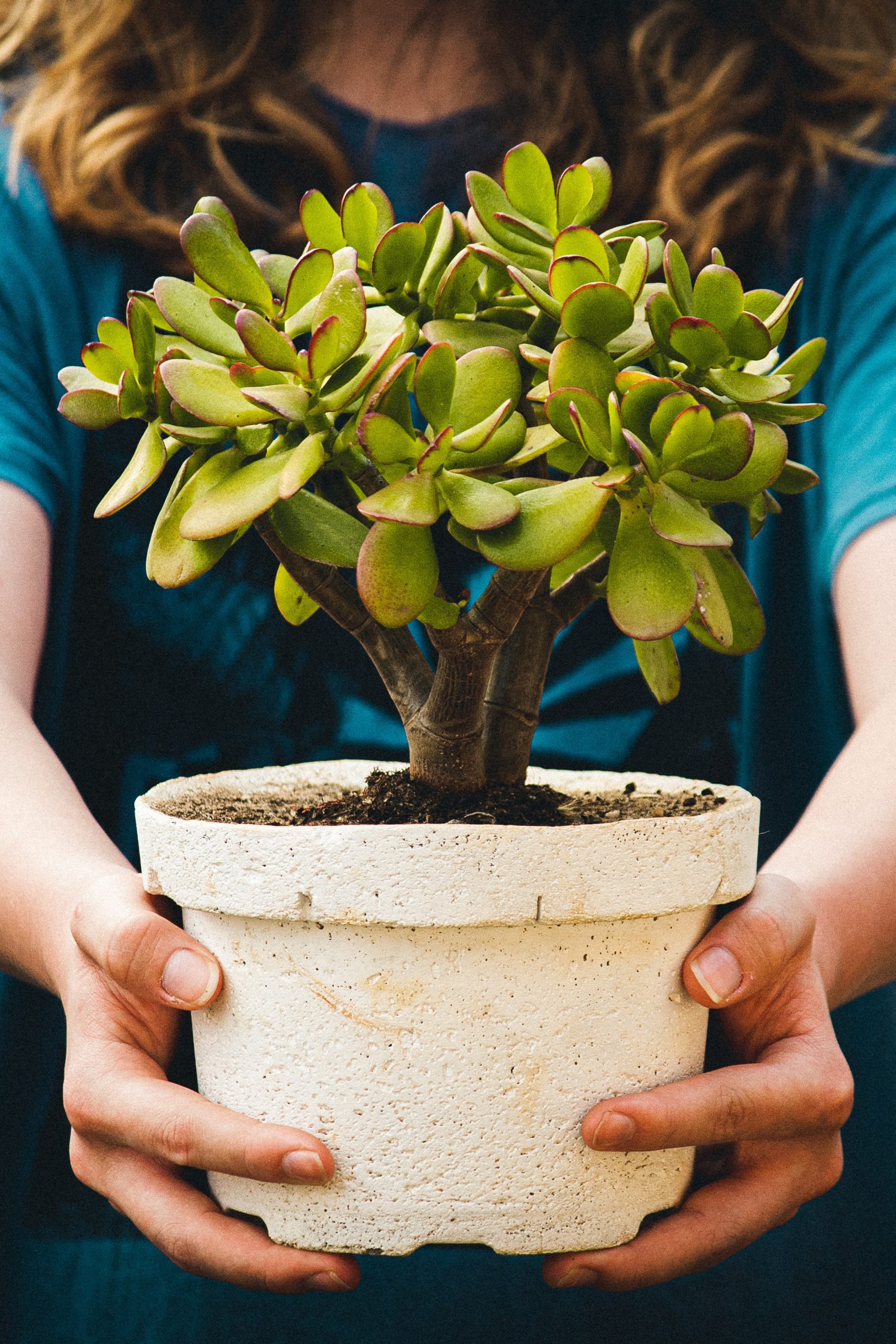Growing your own vegetables can be a rewarding and fulfilling experience. Not only does it provide you with fresh and healthy produce, but it also allows you to connect with nature and learn new skills. However, if you’re new to gardening, it can be overwhelming to know where to start. In this guide, we’ll walk you through the basics of planting and growing your own vegetables from scratch.
Choosing the Right Location
The first step in starting your own vegetable garden is to choose the right location. Vegetables need at least six hours of sunlight per day, so it’s important to choose a spot that gets plenty of sun. You’ll also want to make sure the soil is well-draining and fertile. If your soil is poor, you can improve it by adding compost or other organic matter.
Planning Your Garden
Once you’ve chosen your location, it’s time to plan your garden. Consider the size of your garden and the types of vegetables you want to grow. Some vegetables, like tomatoes and peppers, need more space than others, so make sure you plan accordingly. You’ll also want to consider the layout of your garden. Some gardeners prefer to plant in rows, while others prefer raised beds or container gardens.
Choosing Your Vegetables
When choosing your vegetables, it’s important to consider your climate and growing season. Some vegetables, like tomatoes and peppers, need a long growing season, while others, like lettuce and spinach, can be grown in cooler weather. You’ll also want to consider the amount of space you have available and the amount of sunlight your garden gets. Some easy-to-grow vegetables for beginners include tomatoes, lettuce, cucumbers, and beans.
Preparing Your Soil
Before planting your vegetables, it’s important to prepare your soil. Start by removing any weeds or debris from the area. Then, add compost or other organic matter to improve the soil’s fertility. You may also want to consider adding fertilizer or other soil amendments to provide your plants with the nutrients they need to grow.
Planting Your Vegetables
Once your soil is prepared, it’s time to plant your vegetables. Follow the instructions on the seed packets for planting depth and spacing. You’ll also want to make sure you water your plants regularly and provide them with the nutrients they need to grow. If you’re planting in rows, consider using a soaker hose or drip irrigation system to conserve water.
Maintaining Your Garden
Maintaining your garden is an ongoing process. You’ll need to water your plants regularly, weed your garden, and monitor for pests and diseases. Consider using organic pest control methods, like companion planting or natural predators, to keep pests at bay. You may also want to consider using mulch to help retain moisture and prevent weeds.
Harvesting Your Vegetables
Once your vegetables are ready to harvest, it’s important to do so regularly. This will encourage your plants to continue producing and prevent them from becoming overripe. Use a sharp knife or scissors to harvest your vegetables, and be sure to store them properly to prevent spoilage.
Conclusion
Starting your own vegetable garden can be a fun and rewarding experience. By following these basic steps, you can plant and grow your own vegetables from scratch. Remember to choose the right location, plan your garden, choose your vegetables, prepare your soil, plant your vegetables, maintain your garden, and harvest your vegetables regularly. With a little patience and hard work, you’ll be enjoying fresh and healthy produce in no time.




